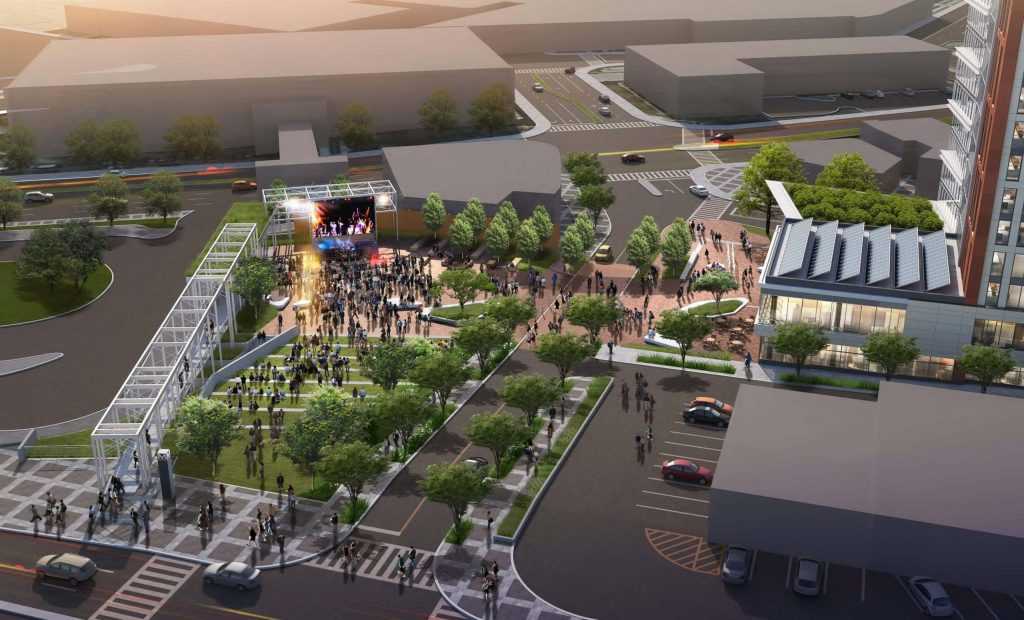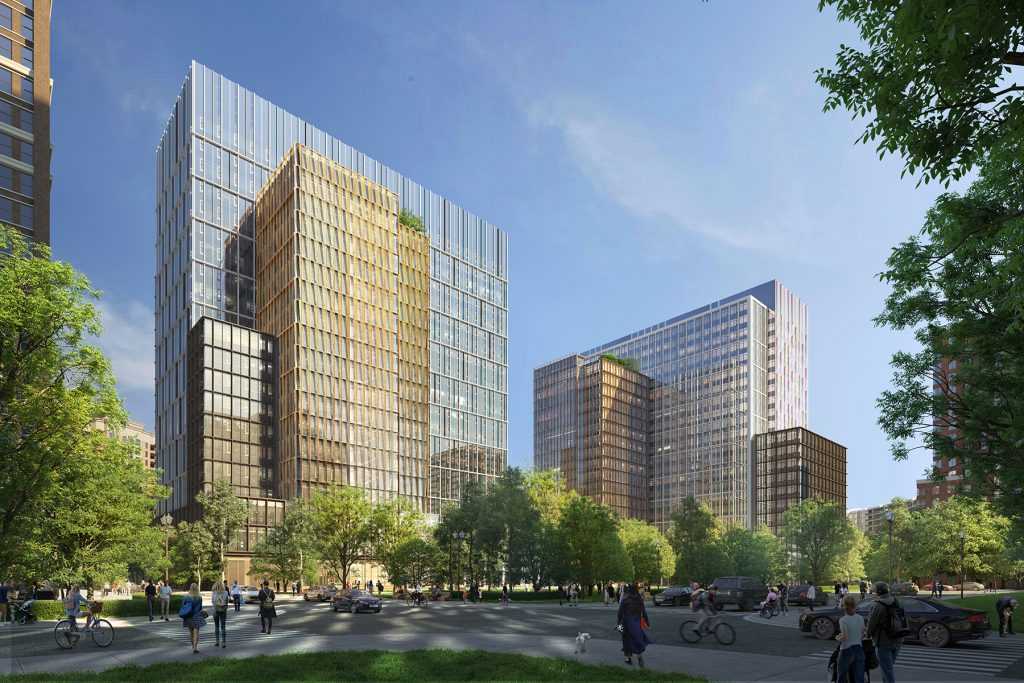Improving building performance requires coordination among many different industry players. The Building Innovation Hub (Hub) in Washington DC is a new project from IMT that helps the building industry do just that. Below is an interview that Hub staff conducted with GHT Limited. The original post is on the Hub website.
Achieving better building performance means getting support from community leaders, like GHT Limited, an Innovator-level member of the Hub. We chatted with GHT Limited’s President Patrick Kunze, PE, LEED AP, and Principal Brad McNiff, PE, LEED AP, WELL AP about becoming a Founding Member of the Hub, and the biggest challenges and opportunities they see for the building industry.
Why is building performance important to GHT right now?
Kunze: Building performance has always been important to GHT. It is at the core of what we do. Ever since our founding, we have looked for ways to make buildings more efficient and operate better. We are thrilled that this focus on building performance is being shared by others in the industry as people realize the importance of reducing energy consumption and our impact on the environment.
McNiff: Several Department of Energy reports note the building sector is responsible for more than 40% of greenhouse gas emissions nationally. Buildings are on the front line of climate change, and GHT is excited to be joining this group of innovators who are dedicated to making a global impact by improving building performance.
What role do you see the Hub playing in improving DC building performance?
Kunze: We hope this is a focal point for activity and knowledge around building performance. With the BEPS program in DC and more national attention focusing on energy and resources, we believe this will be a forum where ideas can be shared and leveraged to improve the operations and performance of all the buildings in the city.
McNiff: To meet our national and local climate pledges, it’s clear it is going to take the entire village to get there! We are already seeing this occur in our high-performing projects, such as the Wheaton Revitalization Project. In that project for Montgomery County we partnered with other experts to capitalize on the combined benefits of geothermal wells, solar arrays, and high-performing Dedicated Outside Air Systems (DOAS). We’re excited to see the Hub taking a leadership role in this village, by organizing and gathering the most talented players.

What are the biggest challenges and opportunities for DC commercial real estate in the next 5 years, and how does building performance fit in?
Kunze: With the potential decrease in office footprint for many organizations, there might be a flight of capital from commercial buildings. How do we make use of our existing building stock and improve performance while attracting new tenants?
McNiff: Lost revenue is likely to impact funding for operational expenses and capital improvements. With the advent of BEPS through the Clean Energy Omnibus Amendment Act of 2018, owners of historically lower-performing buildings will have tough decisions to make soon. Finding cost-efficient means to help existing buildings keep up is critical to help owners comply with the law and achieve DC’s goal of halving greenhouse gas emissions by 2032.
What are you most excited about accomplishing in partnership with the Building Innovation Hub?
Kunze: I am hoping that some great ideas are generated and shared. Beyond that, I would hope that the industry really starts to look at the energy use intensity (EUI) of buildings. Net Zero has gotten lots of buzz, but it is heavily dependent on the building location, meaning low-rise buildings can obtain it easily while the best performing high-rises will never achieve it. If buildings started showcasing their EUI, there would be some great comparisons across all building types and not just a race to install solar to offset building energy usage.
McNiff: I’ll echo Patrick’s sentiments regarding information sharing and focus on EUI and expand that to include life cycle carbon tracking. We were thrilled to include this type of carbon and energy focus in the decision-making process in Amazon’s Arlington Campus development at Metropolitan Park, and we hope that type of thinking is here to stay. Carbon tracking is new for both suppliers and designers but will be an important tool in tracking our sustainable commitments. I hope the Hub can be a resource in this regard and push this into common practice in the industry.
